Claire Mabey – 12 December, 2013
Van Zon cleverly re-situates the rituals of the everyday, present in the Didion and Capote worlds, within the peaks of the pyramids, pulling in the elements and raw materials - symbols of creation and the creative process. Close reading distills thousands of words into the abstraction of symbols - and allows entirely new interpretations for those readers familiar with the original stories.
Wellington
Erica van Zon
The Light on the Dock
16 November - 26 January 2013
Close reading was the best part about studying English. You could get to the detail, the flesh, and the mechanics of a story. You can nut out the minute detail that populated the places, the people and the mind’s eye as you navigated the text.
Erica van Zon’s close reading of three American novels - Joan Didion’s Play it as it Lays and Run River, Truman Capote’s Other Voices, Other Rooms - is a sculptural representation of these texts. The artist has selected a language of sculpture, each objects representing a blip in the text that, in the Hirshfeld Gallery, tells a whole other story.
First impressions are of a seventies lounge. The objects are lush and glossy, made of vinyl, PVC and acrylic. Their hearty presence and placement feel deliberate and naturally lead the viewer into an attempt at connecting them. I haven’t read any of the books, but Didion and Capote are names that evoke a certain time and place. And despite a bit of paranoia about my lack of knowledge of the ‘great American novel’, the cigarettes, the beauty products placed beside ropes, horse shoes and the abstract egg-like forms were all affirming of what I thought the world of ‘Capote’ and ‘Didion’ - and the story I was starting to create from the signs laid out in front of me - might look like.
The lay of the land is defined first, by the raised shelves around the edges of the room upon which the objects are arranged, and then by the pyramid shapes that are placed in the corners, that define the boundaries and which evoke a vast and ancient landscape.
The exhibition sets up a tension between frivolity and isolation, or loneliness. Each object evokes either a wealth of nostalgic connotations - popcorn, candyfloss, cigarettes, melting ice creams - or they are organic forms with associations of the mysteries of the elements, and a world without human ritual.
A glistening snake on the left in the back is an opulent creature, placed beside pyramids which are earth-coloured and which marry up with other items that evoke the geological world - gold, silver, rocks, egg-like forms. These primeval objects are at odds with the familiar comforting signs from home, bathroom, and fairground. They lead the viewer on a self-guided narrative, connecting each object with the next, then the next, and so on.
Thus van Zon cleverly re-situates the rituals of the everyday, present in the Didion and Capote worlds, within the peaks of the pyramids, pulling in the elements and raw materials - symbols of creation and the creative process. Light on the Dock draws out this interplay between words and what they signify, and the possible stories created. Close reading distills thousands of words into the abstraction of symbols - and allows entirely new interpretations for those readers familiar with the original stories.
The result is that reading the books will be a weird re-reading of van Zon’s material and symbolic interpretation. The crisscrossing associations will play out - I think - like this: the cigarettes in the authorial literary worlds will be vinyl and playful, the landscape stylized and primal, the rooms all having the Hirschfeld wooden floor with its narrow beams. Van Zon’s narrative always preceding.
Claire Mabey
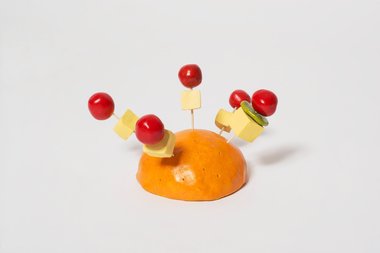

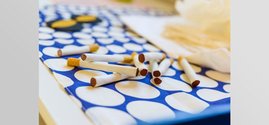

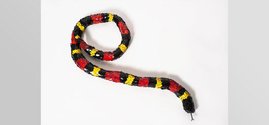
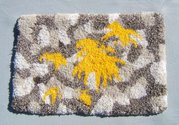
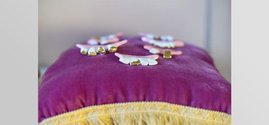


 Advertising in this column
Advertising in this column Two Rooms presents a program of residencies and projects
Two Rooms presents a program of residencies and projects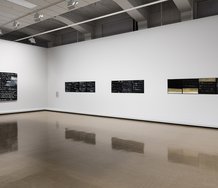
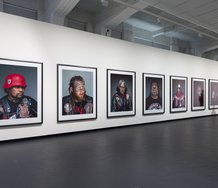
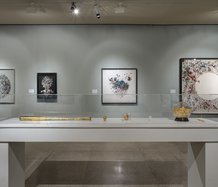
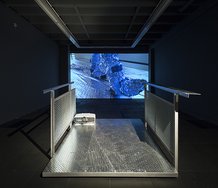
This Discussion has 0 comments.
Comment
Participate
Register to Participate.
Sign in
Sign in to an existing account.